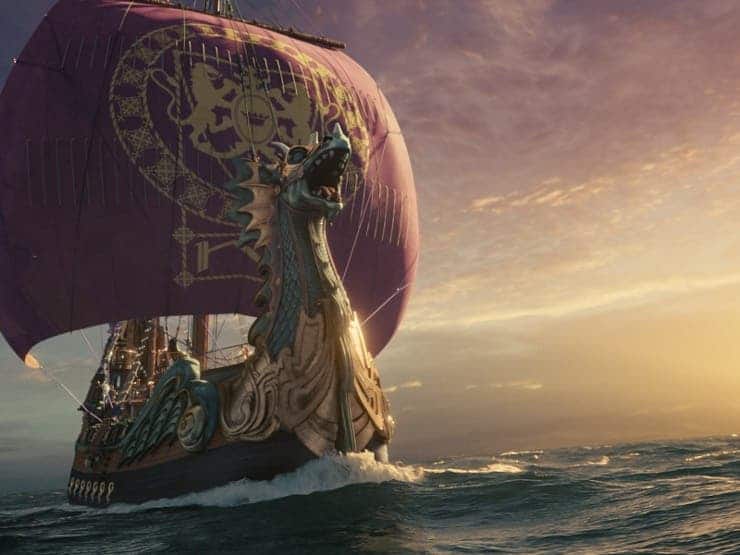Vikings are often depicted as brutes – raiding, pillaging, killing the men and raping the women. But according to a new study, coloniozing may have actually been a family affair. Maternal DNA from ancient Norsemen suggests that more often than not, women also traveled alongside the men.

Viking colonization was a family affair. Image credits.
Vikings were excellent seafarers – this was the key to the development of their culture. The Viking Age lasted from 793 AD to 1066 AD in European history, especially Northern European and Scandinavian history; it was a time when Scandinavian Norsemen explored Europe by its seas and rivers for trade, raids and of course – conquest. Viking conquests were generally very brutal, but most people ignore the fact that generally, the Viking society was based on agriculture and trade with other peoples. They also exhibited a strong sense of honor, both in the wars they fought, and in their justice system.
This study further adds to those ideas, challenging the popular idea that Vikings were simply brutes who were good at sailing; they were family men.
“It overthrows this 19th century idea that the Vikings were just raiders and pillagers,” said study co-author Erika Hagelberg, an evolutionary biologist at the University of Oslo in Norway. “They established settlements and grew crops, and trade was very, very important.”
A previous study already showed that about half of Viking warriors were female, so it makes a lot of sense that if men and women fought alongside, they would also colonize alongside. But in order to put this to the test, Norwegian researchers analyzed maternal DNA from teeth and bones, revealing striking similarities with people from modern-day people in the North Atlantic isles, particularly from the Orkney and Shetland Islands (near Scandinavia). This means that the maternal ancestors of the people from those islands were Viking – in other words, when they roamed the seas, Vikings were accompanied by women, who likely played active roles.
“It looks like women were a more significant part of the colonization process compared to what was believed earlier,” said Jan Bill, an archaeologist and the curator of the Viking burial ship collection at the Museum of Cultural History, a part of the University of Oslo.
This correlates with older documents, which suggested that Norse men, women and children — but also Scottish, British and Irish families — colonized far-flung islands such as Iceland together. However, this wasn’t always the case.
As Viking conquests became more and more common and battles were being fought more and more often, Vikings likely left their families home. Raids were probably a warriors-only club, while colonization was open for everybody.
“This picture that we have of Viking raiding — a band of long ships plundering — there obviously would not be families on that kind of ship,” Bill said. “But when these raiding activities started to become a more permanent thing, then at some point you may actually see families are traveling along and staying in the camps.”
Now, researchers would like to compare Viking DNA with that of modern people living in Britain, Scotland and more islands from northern Europe, to see if those areas too were colonized in the same way.
Journal Reference: , , , , , , Mitochondrial DNA variation in the Viking age population of Norway. DOI: 10.1098/rstb.2013.0384 Published 8 December 2014









